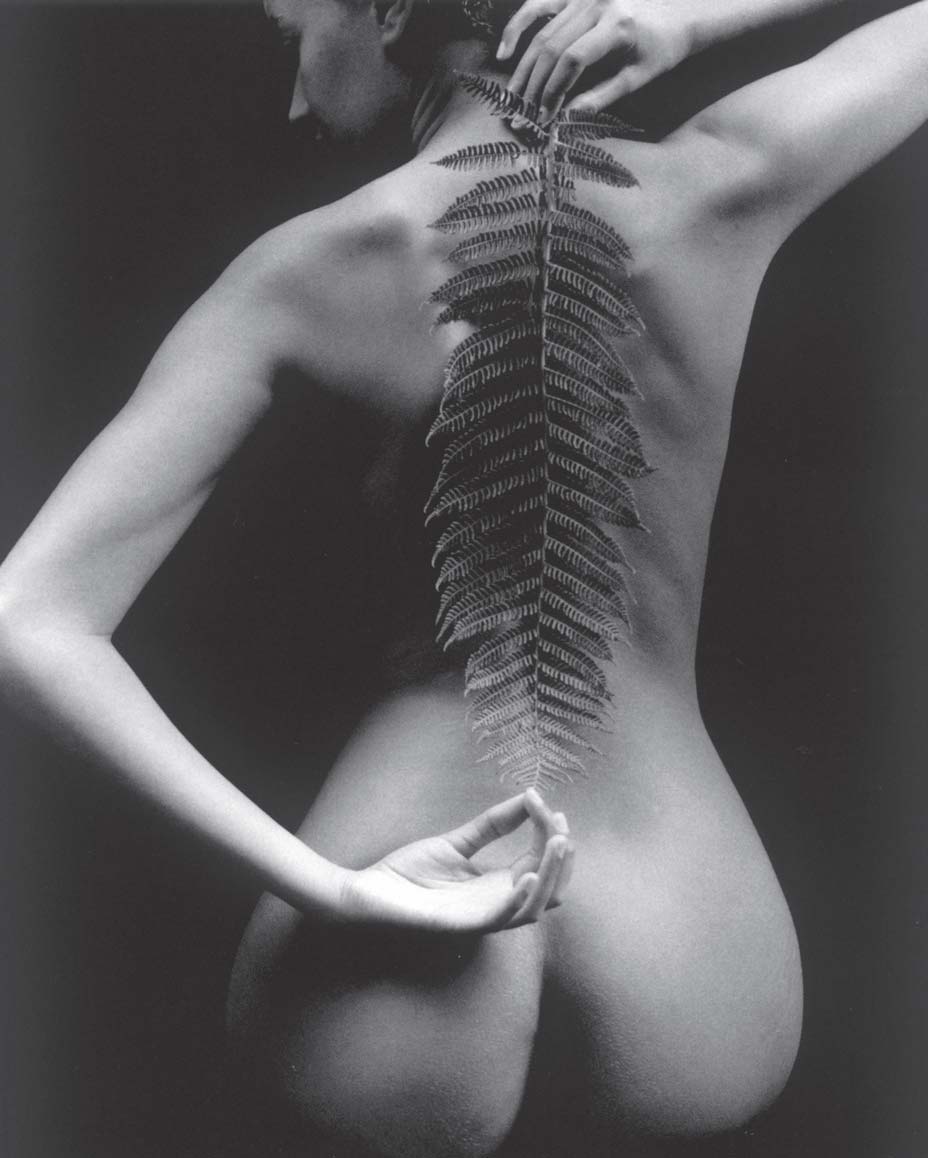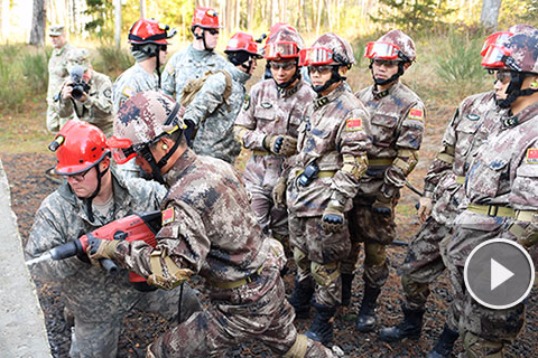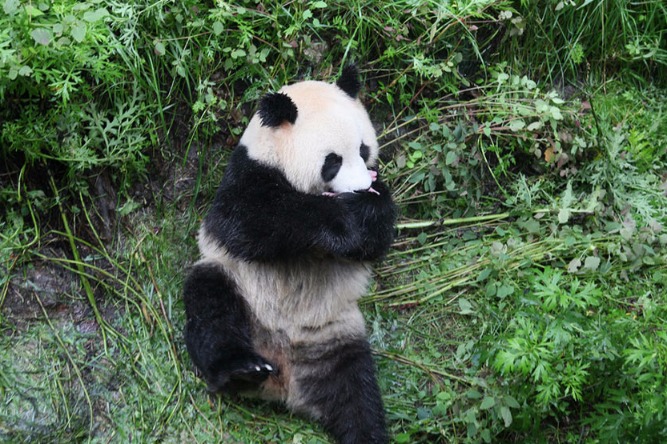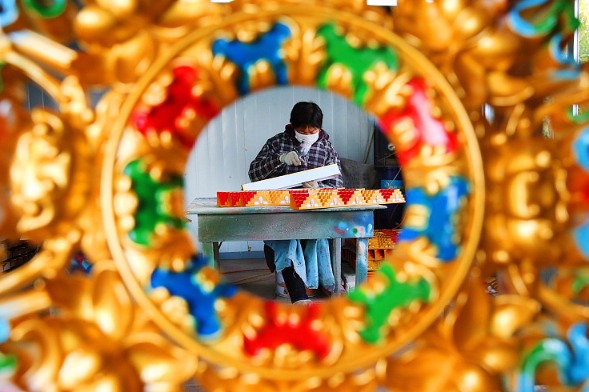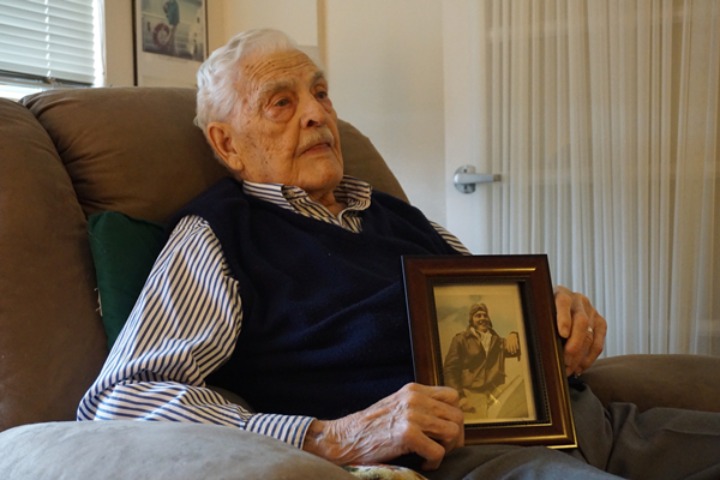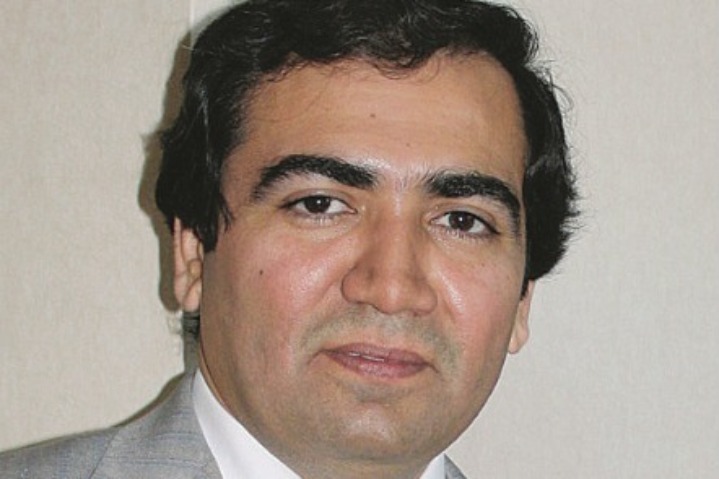Family carries on photography's banner
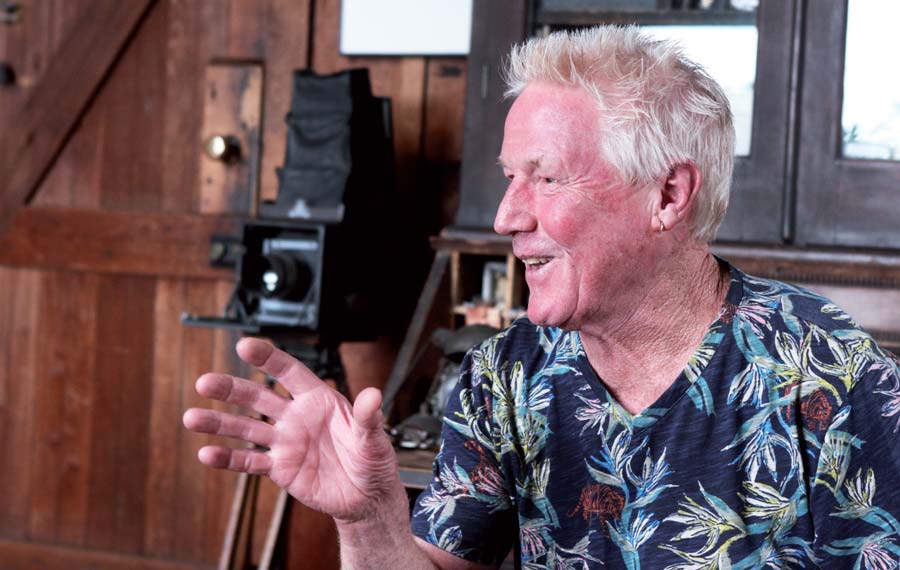
Three generations of California artists explore the magic of the lens, Chang Jun reports from San Francisco
Some might speculate that being the grandson of a famous American photographer is Kim Weston's claim to fame. However, the lensman, who has specialized in nude photography for four decades, has made his own name in the industry.
Weston and his wife, Gina, live in a villa on Wildcat Hill in Carmel Highlands, California, the former home of his grandfather, Edward Weston.
They use the property to operate a gallery and photography studio, to conduct nude photo workshops and exhibitions, and to host random visitors and amateur photographers from around the world.
In early August, Weston spent a week with two visitors from afar — China's renowned documentary photographer Yiming Huang and Finnish computer engineer-photographer Kirmo Wilen – showcasing the life and work of the Weston family. They exchanged expertise and concerns, and Kim accompanied the two to Carmel-by-the-Sea, a nearby coastal city chockfull of museums and galleries.
"It's an eye-opener to be immersed by works of Western counterparts," Huang said. "To my very dismay, I did not spot any Chinese photographer's work on display."
"Cross-border exchanges of this kind are taking place more frequently in recent years," said Kim Weston. He said that about three years ago "we had four Chinese visitors coming up to our driveway. They've seen my show and were very interested knowing our family history," adding that the group was invited inside for a brief tour.
"Kim Weston is a familiar name among Chinese photographers," said Huang, who has won many major domestic and international photography competitions. "Artworks of his family have been introduced to China through various channels, including exhibitions and photography periodicals."
Family legacy
Weston honed his craftsmanship in early childhood, assisting his father, Cole, in the dark room making gallery prints from the original negatives of grandfather Edward.
For many years, he assisted his uncle, Brett Weston, in developing and advancing bold and abstract photographs that earned Brett the nickname "child genius of American photography".
"I grew up in a family of photographers – my grandfather, my father, my uncle – so it's very natural for me to start photography and have been doing it ever since," said Kim Weston. "I was very lucky at a very young age that I knew what I wanted to do for the rest of my life, photographing and teaching."
Edward Weston, born in Chicago in 1886, was the patriarch of the Weston family legacy. Over 40 years, he photographed various subjects, including still life, nudes, portraits and landscapes.
At 21, he moved to California, where he started using his camera to capture the coarseness of people and places of the rugged American West. Many of his most famous images, more than 1,000 negatives taken by his 8-by-10 view cameras, applied lines, shades and texture comparison to depict trees and rocks in the wild plains.
One of his most well-known works, Pepper No 30, which was taken in 1930, portrayed a green pepper in dense black-and-white tones, with strong illumination from above generating a 3-D image.
The elder Weston's creativity and his unremitting enthusiasm for artistic quality earned him a reputation as one of the most innovative and influential American photographers of the 20th century.
Although he died at his Wildcat Hill home in 1958 with $300 in the bank and his prints selling for $25 each, his Nude from 1925 set a Sotheby's auction record in 2008, going for more than $1.6 million.
"My father, Cole Weston (1919-2003), was the fourth and youngest son of my grandfather," said Weston, explaining how the color film that Eastman Kodak had sent to Edward enabled young Cole to eventually become a "master of fine art color photography", besides carrying on his own portrait business.
In 1971, Cole Weston held his first solo exhibition in San Francisco, and his work had been featured in 60 exhibitions worldwide and collected by American and European museums and galleries.
At age 6, Kim Weston took a group picture of his dad and two brothers, his first artwork, and thus embarked on a lifelong photographic journey.
"I don't know why, but there must be something in the water," he said. "Dad gave me the rolling film. And I still shoot in film."
As the only one of the four children in his family who picked up and decided to pursue a career with a camera, Kim said his choice is "interesting and very natural".
"It's also about the relationship between a dad and his son, just like my dad and uncle helping their dad in the dark room. It was something we did for generations, now it's my son Zach, said Kim.
Zach, 28, has been involved in photography for seven years.
"It's quite rare to have four generations all pursuing the same art, photography," Kim Weston said. "One day, he came to me asking to have a camera in his 20s. That's wonderful for a father to have a son doing the same thing. It's very rewarding to me to have Zach showing the interest in photography. We travel and have workshops together, wonderful connections to have with your son."
China serendipity
In 2014, a Chinese curator who runs two galleries in Shanghai and Beijing approached Kim to persuade the photographer to join a large-scale joint exhibition at the National Art Museum of China.
Titled Journey of the Heart: Exhibition of Straight Photography Original Prints 1839-2014, the show featured more than 200 original photographs by 53 photographers from around the world.
Kim was impressed, describing his first experience in the world's most populous nation in November 2014 as "amazing."
According to the museum's catalog, the exhibition consisted of three chapters: Equivalence and Reproduction (1839-1917), Thing-in-Itself and Aura (1917-1977), Integration and Change (1977-2014).
"For the first time, the show presents the relational context of the international photographers, including William Henry Fox Talbot, Ansel Adams, Michael Kenna and Kim Weston, exploring the origin, change and development of photography genres which takes pure art as goal," it said.
On the same trip, the Timeless Gallery in Beijing held a Kim Weston Photographs exhibition in order to educate the general public on the difference "between just having a camera and taking pictures won't necessarily make you an artist", Kim Weston said. "Patrons flooded into the show, and they literally photographed every image of mine with their smart phones. They surprised and impressed me."
Kim visited colleges and museums in Beijing to talk about nude photography.
"I was very concerned about how the topic would be accepted" because he learned from a previous trip to Japan that it was a taboo topic in Eastern culture.
"Would it be offensive? My curator friend assured me that won't be a problem. Indeed, this was not the case throughout my trip in China – the opening-up of China gave people the ability to view specific topics from different perspectives," he said.
Like many foreigners visiting China for the first time, Kim experienced cultural shock through dining out — hot pot, roast duck and some delicacies on the street market – all eye-opening and delightful.
Even the weather in Beijing was inviting, he recalled. "There was no smog or pollution, as I was cautioned before my trip. The sky was crystal blue during my entire stay in China, amazing."
Weston anticipates more trips of a similar nature to China, hoping his photographs can gain more exposure among Asian collectors.
"There is so much there that I love to photograph, especially the female figure, to explore the sensuality part of Chinese women."
Kim encouraged his Chinese counterparts to use the internet to share and sell photography.
"The internet definitely has helped open up with all cultures," he said. "It gives opportunities without restrictions to photographers, including those in China, to show their works outside."
Although technology has transformed many aspects of current society, photography as an art remains consistent, he said.
"Tools definitely changed, especially with the digital age. But to me, it's just basic tools. Things do get advanced, they get more complex. I would stay with film, because I knew it, I understand it."
Kim Weston first used a Rolleiflex twin lens reflex camera to take photos, later transitioned to a 4-by-5 Linhof, then an 8-by-10 Calumet, followed by an 8-by-10 Arca Swiss. Now he uses a Mamiya 67 inherited from his father.
Digital doesn't necessarily change the vision, he continued. "The vision comes from my heart, so the equipment to me is secondary. I always use the camera as way to express my feelings. I photograph much differently than a lot of people. My photographs tell stories, and I don't care [about others'] views of my works."
In China when Weston was being filmed by a TV news crew, he reached for his camera when a model arrived on the spot.
"They (the audience) saw it and said, 'Weston, your camera is so old,'" recalled Kim. "It's just a camera. It doesn't matter how old it is, it still is a recording device."
Contact the writer at junechang@chinadailyusa.com.
